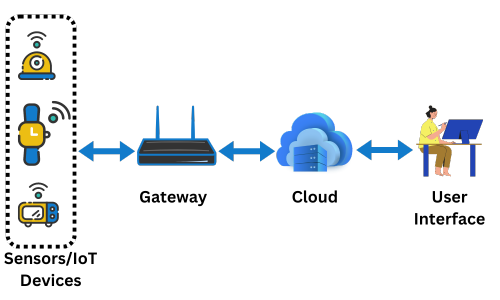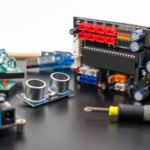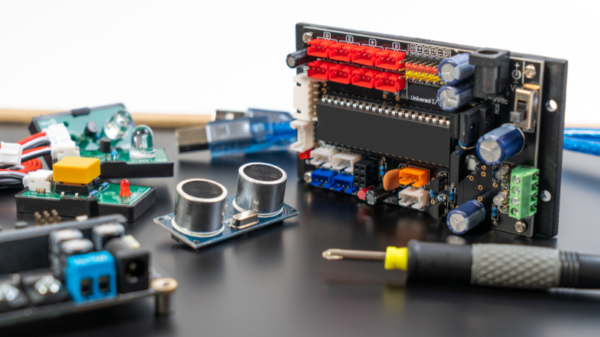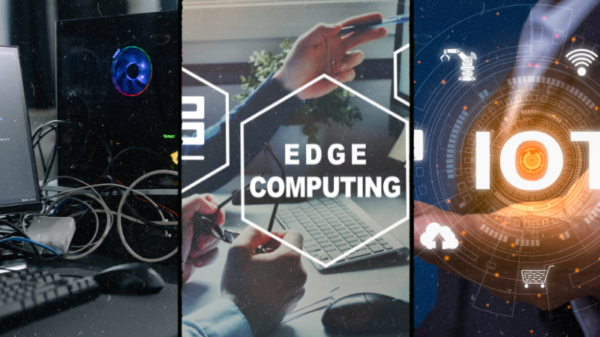Imagine your coffee maker starting to brew a fresh pot just as you wake up, or your lights automatically turning on when you walk into a room. This is the power of IoT, where everyday objects are connected to the internet, allowing them to collect data and interact with each other.
What is IoT?
Think of it as a giant network of things, not just computers and phones, but anything from your fridge to your fitness tracker. These objects are equipped with tiny sensors that gather information like temperature, movement, or even sound. They can then send this data over the internet to other devices or systems.
Here’s an example: Say you’re on vacation and realize you forgot to turn off the lights at home. With an IoT system, you wouldn’t have to worry! Through an app on your phone, you can check the status of your lights and even turn them off remotely.
In short, the IoT is a giant network of connected things and people – all of which collect and share data about the way they are used and about the environment around them.

How Does IoT Works?
The magic of IoT lies in its ability to connect multiple devices to the internet. Just like how the internet connects us to each other, IoT allows devices to communicate and share data. This creates a network of “smart” objects that can work together to automate tasks and make our lives easier.

Imagine this: Your smart thermostat detects that the house is empty and automatically adjusts the temperature to save energy. Or, your fitness tracker transmits your workout data to your phone, helping you monitor your progress.
The possibilities are endless! IoT applications extend far beyond homes, having a significant impact on various sectors, including:
- Healthcare: Wearable devices can monitor patients’ health in real-time, allowing for better diagnosis and treatment.
- Transportation: Connected cars can optimize traffic flow and improve safety.
- Agriculture: Smart sensors can track soil moisture and weather conditions, helping farmers make informed decisions about irrigation and crop management.
Why Do We Need IoT?
The rise of IoT has revolutionized the way we interact with the world around us. Here are some key reasons why it’s become so important:
- Better Decisions: The vast amount of data collected by IoT devices helps us make smarter choices. Imagine a city analyzing traffic data to optimize traffic lights!
- Effortless Monitoring: With IoT, you can monitor anything, from your home security system to your farm’s crop health, remotely and easily.
- Increased Efficiency: IoT automates tasks, freeing us up for more important things. No more running home to check on the oven!
- Cost and Resource Savings: By optimizing energy use and automating processes, IoT can help save money and resources.
- Enhanced Security: Remote monitoring and automation provided by IoT can improve security in homes, businesses, and public spaces.
This is just a glimpse into the exciting world of IoT. As technology evolves, we can expect even more innovative applications that will continue to transform our lives!






